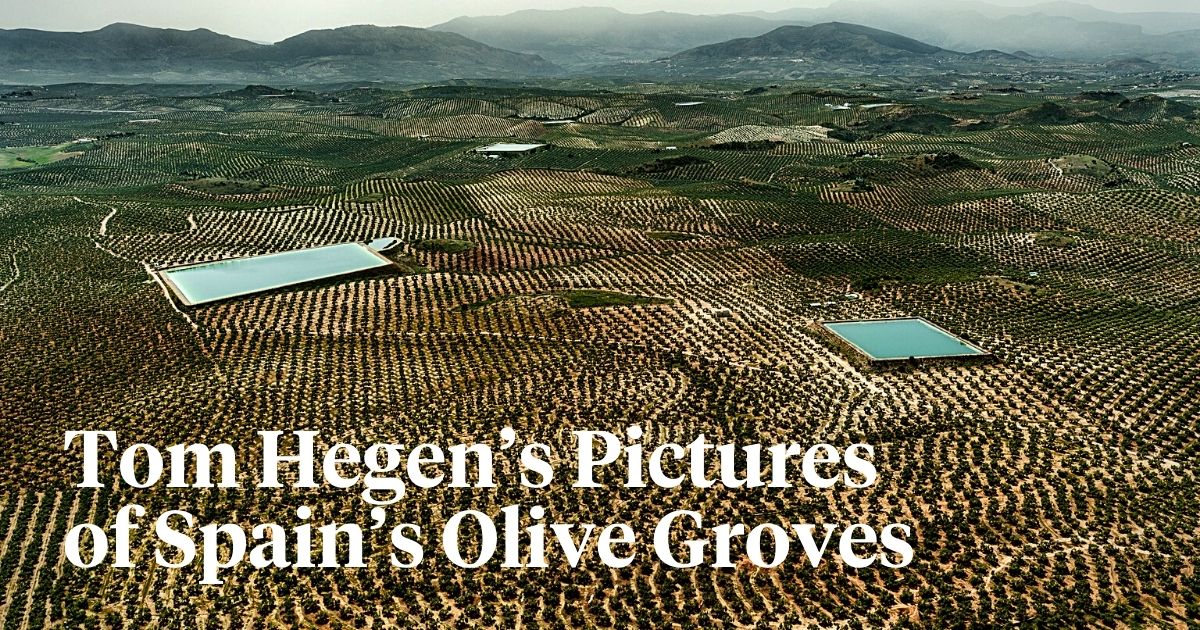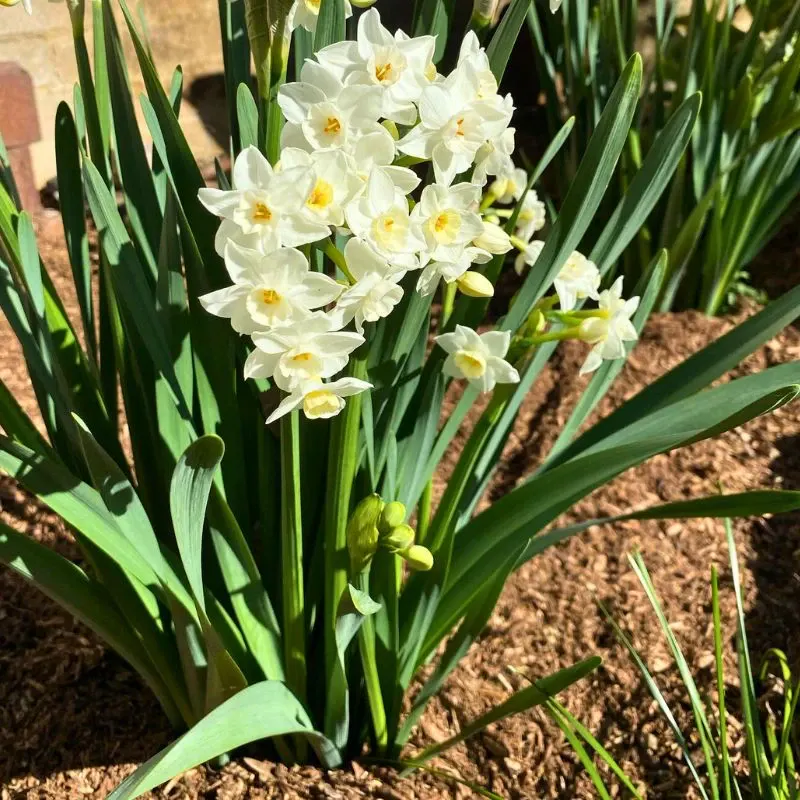Without a doubt, multiple award-winning German photographer Tom Hegen is a true connoisseur in aerial photography. Looking at the quality of the pictures that he captures, one cannot help but notice the remarkableness and eye-catching nature of his camerawork.
Through his aerial photography, Hegen investigates and captures the relationship between humans and their environment. He communicates these human impacts on natural landscapes through spectacular aerial shots that depict the earth’s surface from above.
Tom Hegen’s Photographs Highlight the Influence of Humans on Landscapes
Although the pictures may look other-worldly and abstract at first glance - and sometimes take quite a while for the viewers’ eye and brain to fully discern what they depict - Hegen’s aerial photographs are quite a remarkable piece of art that comprehensively illustrate the influence of humans on their environment.
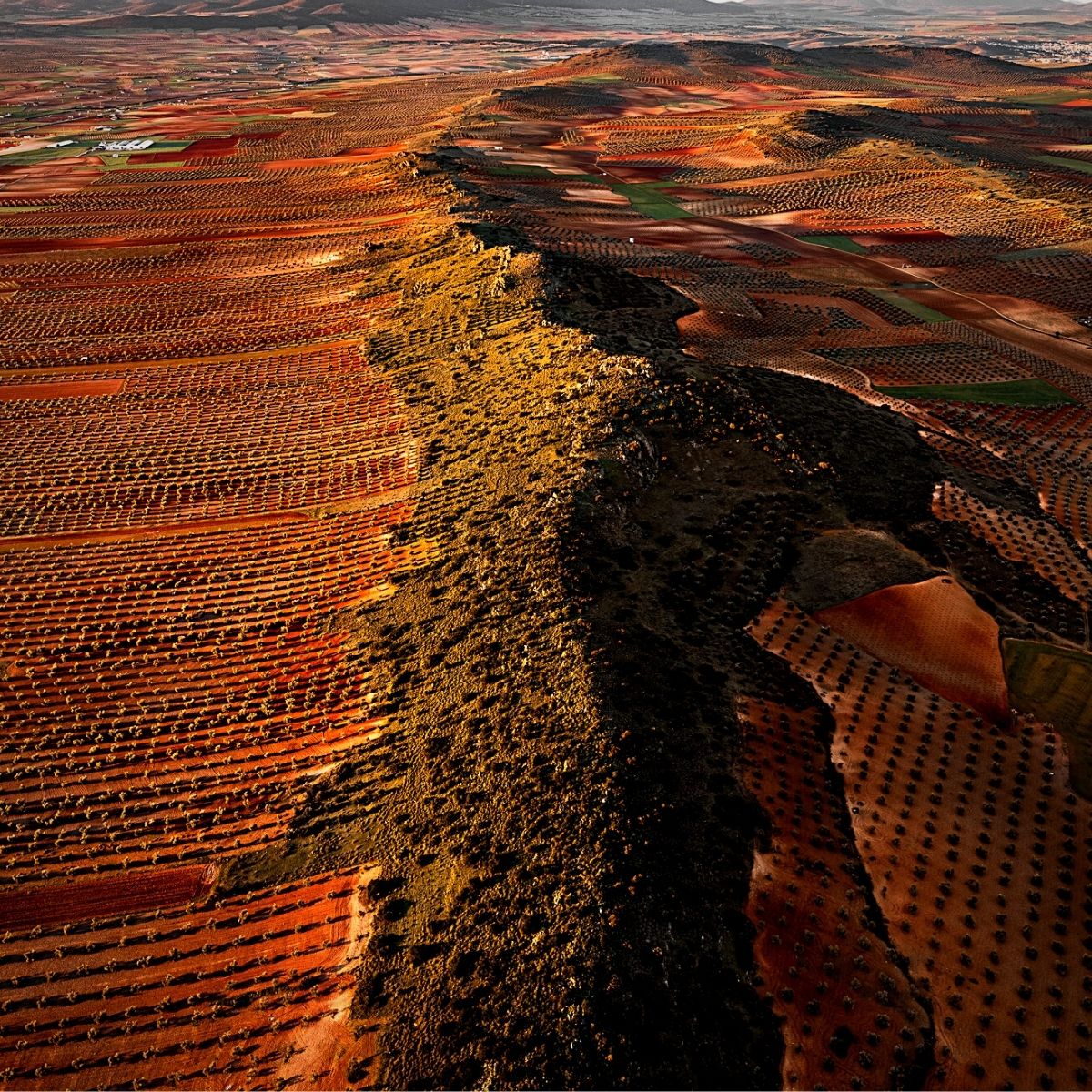
Hegen says:
"As a photographer I am interested in the relationship between man and nature. In my aerial photography I focus on landscapes that have been heavily transformed by human intervention."
He adds:
"I am trying to sensitize the viewer to those subjects by taking a look at the extraordinary forces impacting our environment."
Hegen often chooses dramatic and abstract perspectives, when he takes his pictures from above, providing a true overview of the areas where the relationship between humans and nature becomes visible.
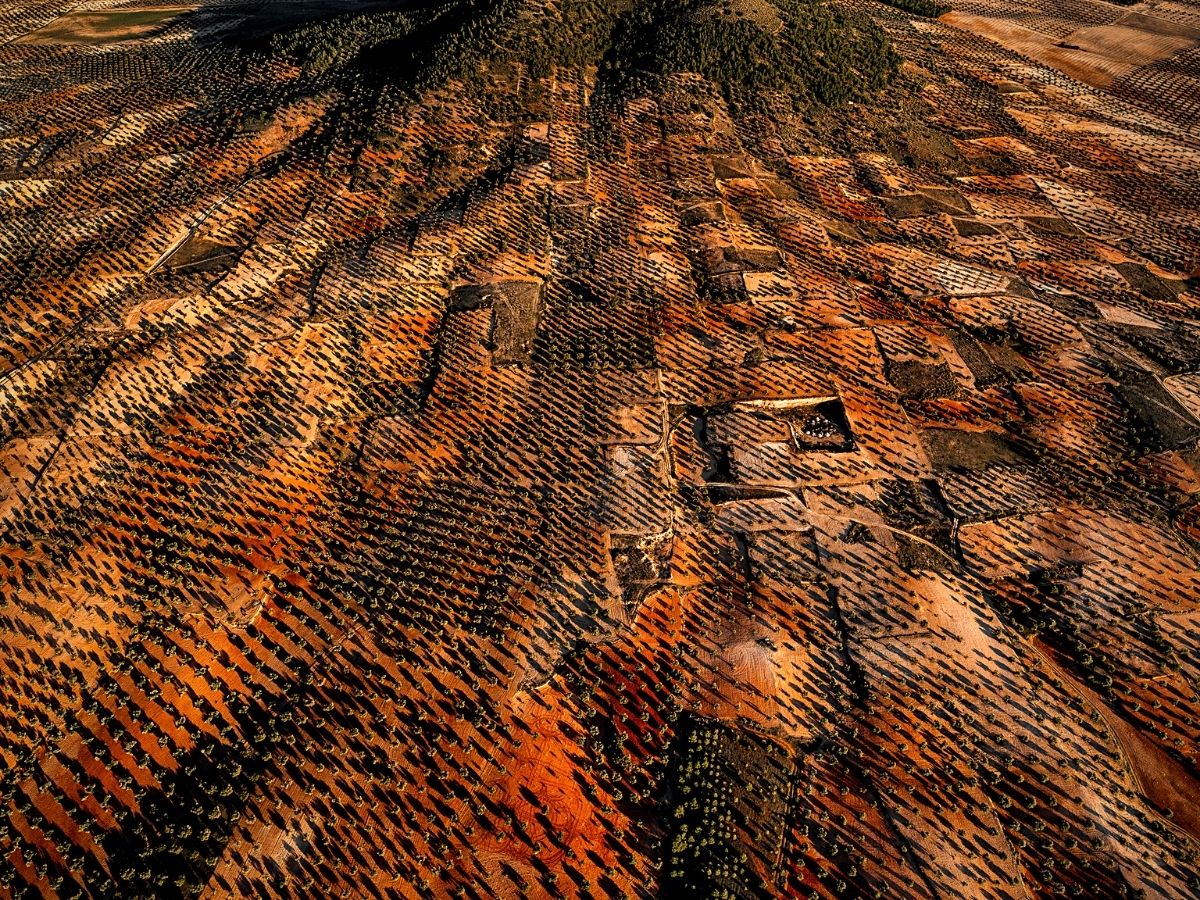
History of Mediterranean Region’s Olive Groves That Hegen’s Photography Captures
The significance of olive trees to the culture of countries in the Mediterranean region has long remained ingrained in the cultures of the people inhabiting these areas. In the region, for instance, growing olive trees and extracting olive oil has, for many years, been a key economic activity. This exercise has, in turn, led to the evolution of a number of practices, customs, rituals, and beliefs that have been around since Antiquity in practically all areas of life.
Spain, for the most part, has olive groves scattered across almost all of the country. But the biggest concentration of these olive trees is in Andalusia, a region situated in the southern parts of the Iberian Peninsula. Andalusia is the country's leading region in olive oil production and has a long tradition in the cultivation of olive trees.
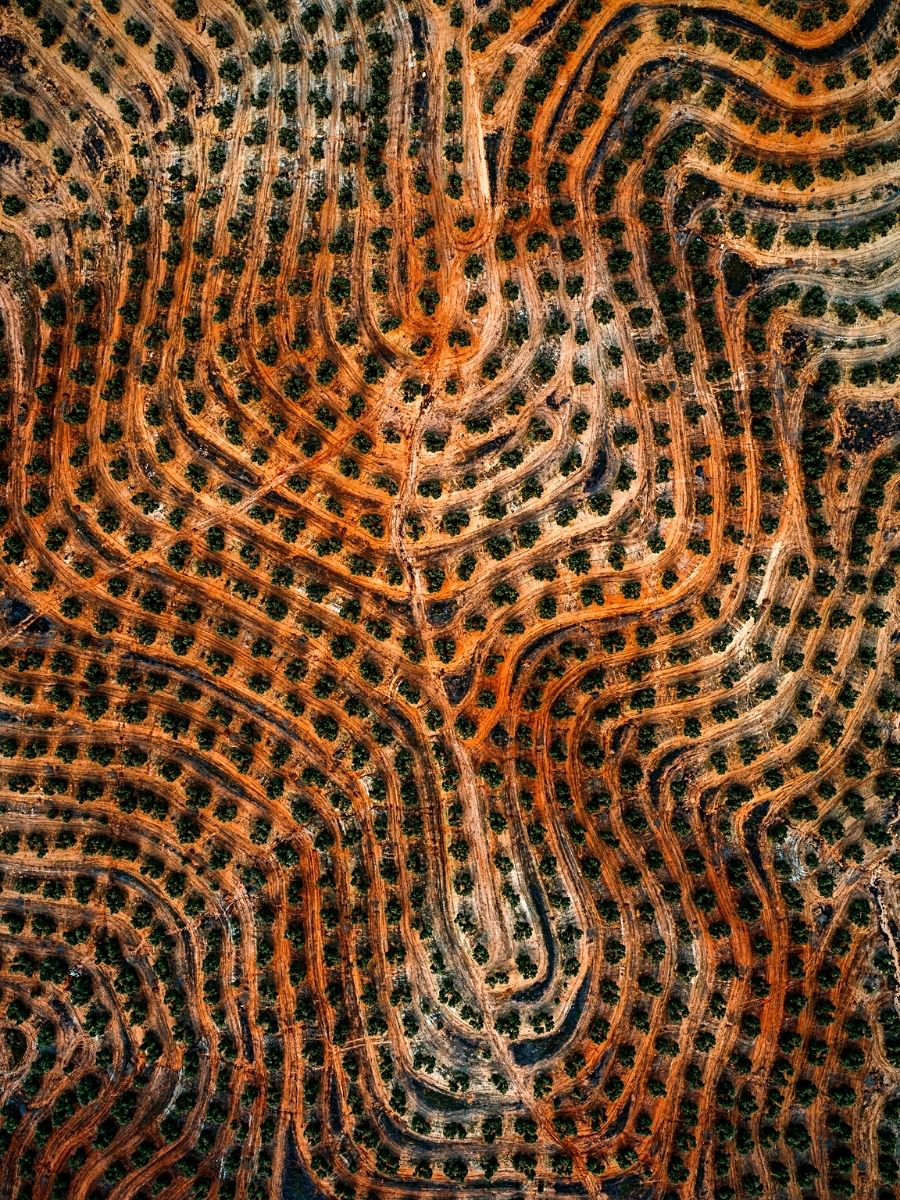
The cultivation of olive trees in Spain is generally linked to the traditional methods that have been used for centuries to grow these trees. Cultivated from times during the Neolithic era, the influence and factors that have since that period been shaping the olive growing culture across the Mediterranean region can still be seen even today, more so in Andalusia.
The integration of olive trees into Andalusia as well as varied other landscapes where these trees are grown now make up a key and definite feature of the region’s topography.
Hegen’s Photography of Olive Groves in the Spanish Countryside
These are the sceneries and landscapes that Hegen’s aerial photography captures in his snapshots titled Olive Field Series which captures millions of acres of Spanish countryside, populated with olive trees in groves.

The photographs which depict rich colorfulness in the shapes and objects that make up their subjects, in turn, create a subtle beauty mostly appreciated by the viewers after they perceive what is captured in the pictures.
Hegen, who uses small planes, quadcopters, and even hot air balloons, to take snapshots of these areas that are affected by human activities and interventions across the globe -merging both natural and human-driven artificial influences on these landscapes- showcases the olive tree monoculture spread across vast swathes of the Spanish countryside.
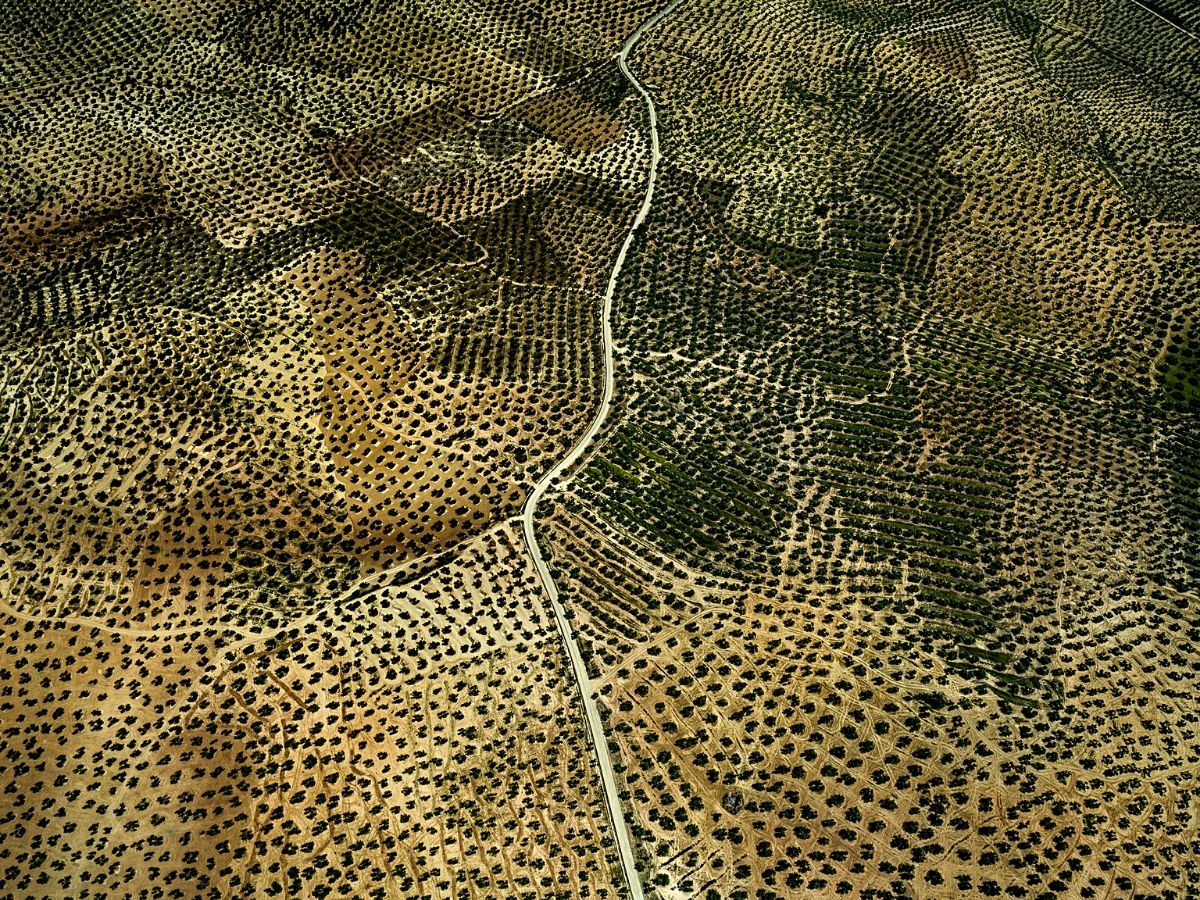
Viewed from the air, the monocultures of olive trees reach far into the horizon, creating on the earth's surface an abstract pattern. Essentially, the olive groves of the Spanish farmland take the viewer on a visual tour of sceneries depicting the brown of the earth speckled with the green of the olive trees.
Hegen’s Photographs Have Gone to Many Exhibitions and Won Awards
Hegen’s aerial photography projects document the traces we leave on the earth's surface, providing an overview of the spots where humans extract, enhance and consume resources.
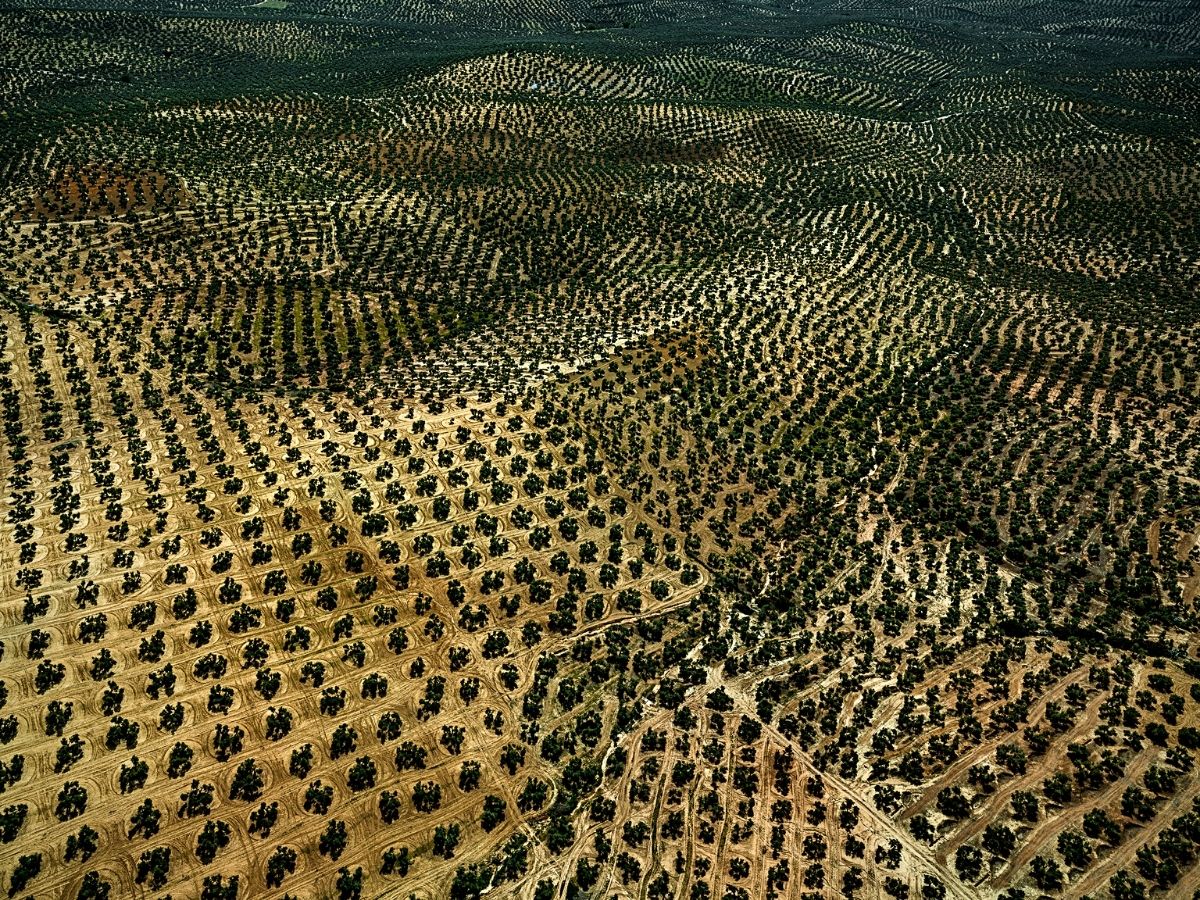
Through the photos, he delivers insights into the complex relationship between humans and their environment, often documenting them through near-abstract perspectives.
Hegen explains:
"Landscape in the sense of landscaping is the activity that modifies the visible features of an area."
He says:
"As a consequence of that, I started seeing landscape photography as documenting places influenced by humans rather than landscape photography as showing pure, unspoiled nature."
He delivers and documents these landscapes based on their significance within the global human impact perspective on planet Earth.
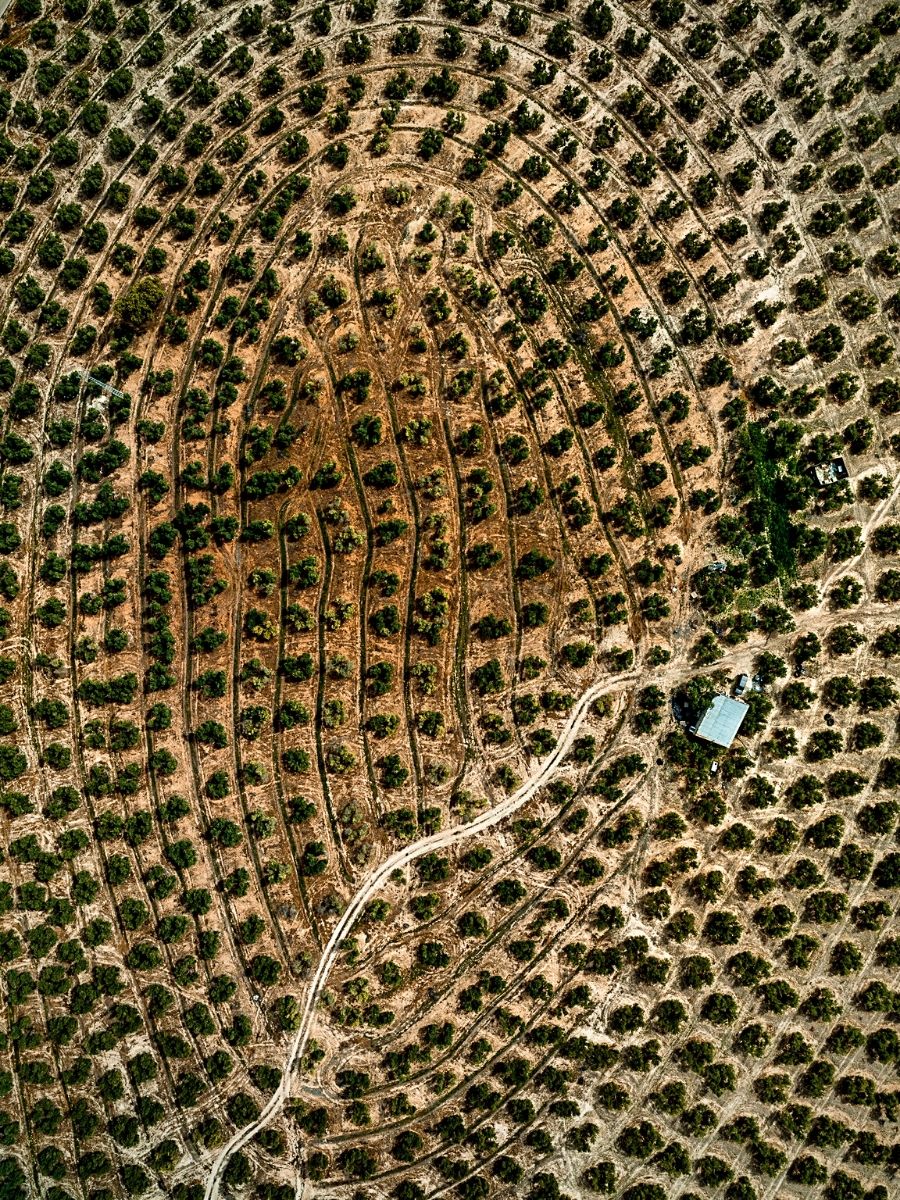
The German aerial photographer has held numerous exhibitions both by himself and as part of a group showcasing across practically all parts of the world.
Photography Series, Exhibitions, and Awards
The Greenhouse Series, New York Series, Namibia Series, Marble Series, Iceberg Series, Salt Series II, Sand Dune Series, Coal Mine Series Agriculture Series, and the Two Degrees Celsius Series are just several others of his photography series. Still, many more of these photographs exist in his portfolio of works.
From his native Germany to Belgium, and the United Kingdom, Italy, South Korea, and China, Hegen’s works have received numerous awards that are prestigious in the creative industry.
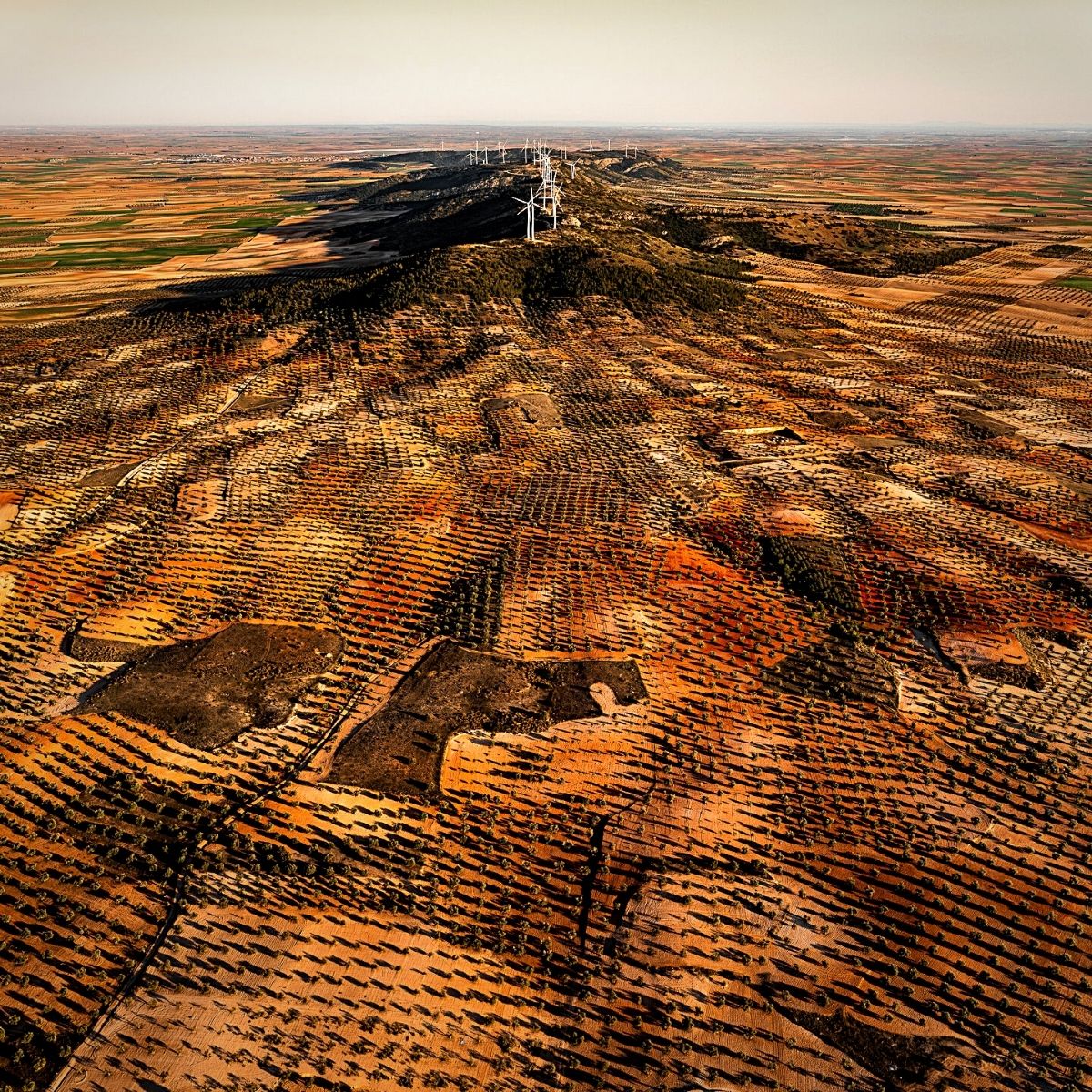
The awards that he has won and also for which he has been acknowledged are the German Design Award, ADC Europe, the Red Dot Design Award, Adobe Design Achievement, the International Photography Award, DDC Award, and the Leica Oscar Barnack Award among numerous others.
You can check out Hegen’s unconventional aerial photography works and get a view of how we, humans, are influencing and transforming the environment and landscapes.
All photos by Tom Hegen

